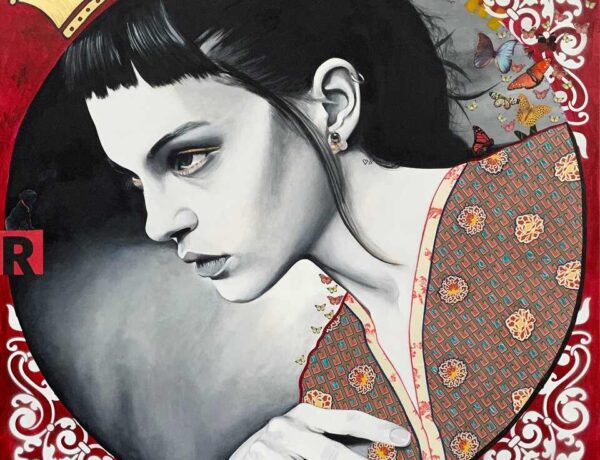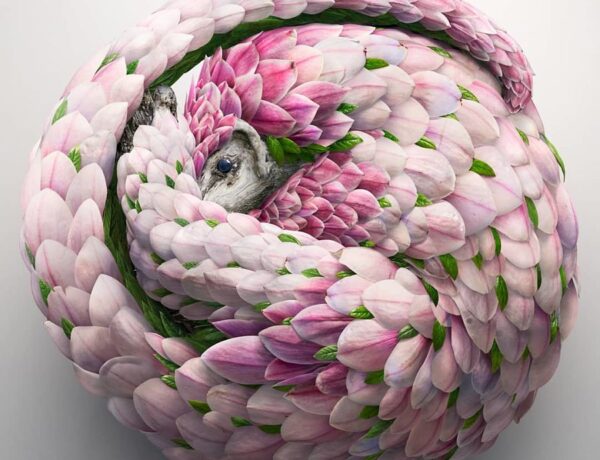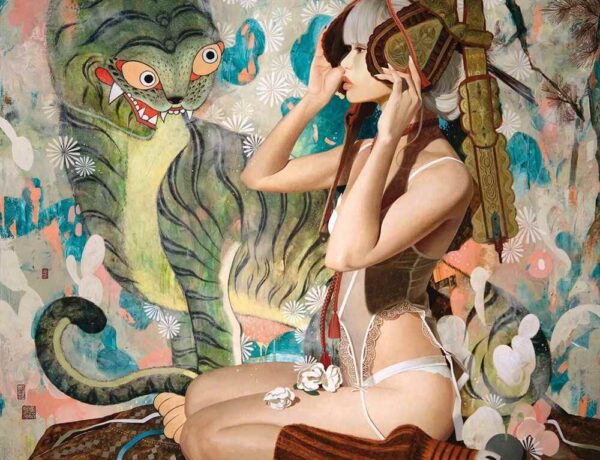The Quick Q & A editorial in Beautiful Bizarre Magazine is a much loved regular feature, in which we ask 6 artists the same 4 questions. In the March 2021 Issue 32, these were the Quick Q & A questions:
- What is your opinion on the current gender issues facing the visual arts?
- What advice do you wish you could give your younger artistic self?
- What does success as an artist look like for you personally?
- As a woman and artist, what are you most proud of at this point in your career?
We feel that the artists’ responses provide such a valuable insight for our community of artists that we wanted to share one Quick Q & A response from each issue with you, going forward. The March 2021 Issue 32 print issue is sold out, but you can download the digital magazine via our webstore to read more. To ensure you never miss an issue again, you can also subscribe to Beautiful Bizarre Magazine, and have each issue sent straight to your door each quarter.
Excerpt from Issue 32 // March 2021 Quick Q & A editorial: Artists Isabelle de Kleine, Cecilia Avendaño, Käthe Butcher, Catrin Welz-Stein, Claire Partington, and Ana Bagayan respond to the below Quick Q & A:
What is your opinion on the current gender issues facing the visual arts?

“I think the biggest issue in Australia is the lack of female representation from the top sector. According to The Countess Report, in 2019 only 34% of works exhibited in public galleries and museums in Australia were by female artists, with the worst offender being the National Gallery of Australia with a mere 25% representation of works by women. This is actually represents a decrease from the previous report in 2016. When you compare this to 71% of art school graduates being female and a relatively equal representation in artist-run initiatives and commercial galleries, this is just unacceptable! It’s not surprising though, across all sectors as you move up the chain, female representation dwindles. To me, this reflects a much deeper and more entrenched gender bias in society.”
“I’ve been on a personal journey to find myself, to stand in front of others. At some point, my difficulties were reflected in physical pain. I also thought about what it meant to be a woman, and the historical burden which we have dragged through the centuries. It is a long, complex and painful history that is impossible to ignore. I don’t verbalise this story, I carry it inside and I show it through my work and my questions, reflected through the characters in my work. For the Mapuche culture, identity is a spiritual and material quest, so they believe that nobody can know where to go if they don’t know where they have come from.”
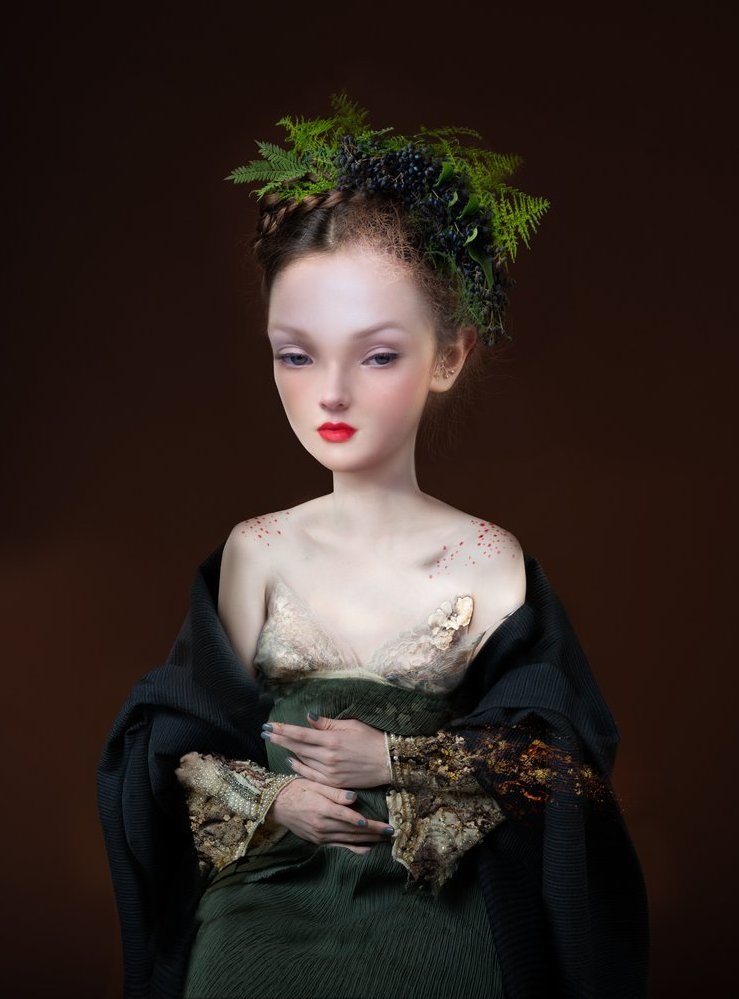
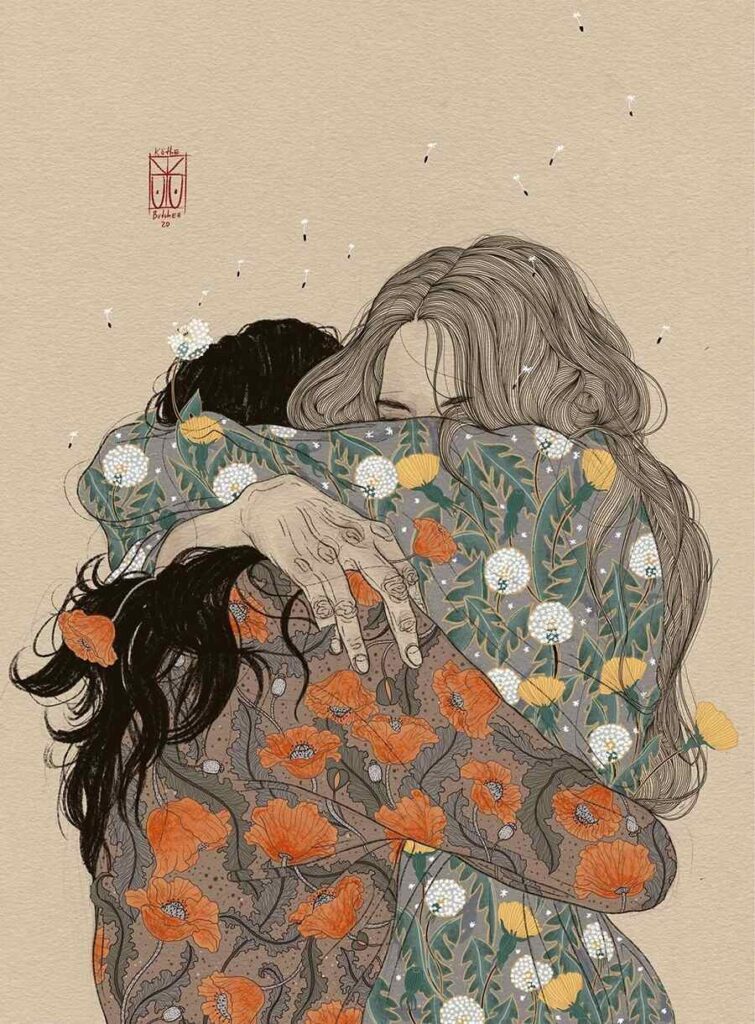
“I read a quote by the embroidery artist Sophie King the other day. “People describe women’s art as being about ‘women’s issues’ but they don’t describe men’s art as being about ‘men’s issues’ – they describe it as being about ‘life’.” I think this quote describes perfectly how I feel about this topic from my own perspective (and bubble). The fact that women’s art is still not seen as serious or as valued as men’s art is. Especially in the erotic art scene, there’s rarely a female artist represented by a really good gallery. I can’t really put my finger on why that is – I might need to educate myself more on this topic. Sorry for this unsatisfyingly vague answer, ha ha ha.”
“In my opinion there still is an opportunity gap regarding gender in the visual arts. In Germany, more art students are female, but most of the male art students have a greater chance to be successful in the art world. They can develop more easily and faster in an existing network which female artists often don’t have access to. The prices of art from male artists are often higher than those from female artists, which makes it harder for women to be accepted and promoted in galleries. I think it is important for us as female artists to connect with each other and help one another to gain recognition and overcome this gap. The internet and social media can be a big help, because they offer easy ways to connect.”

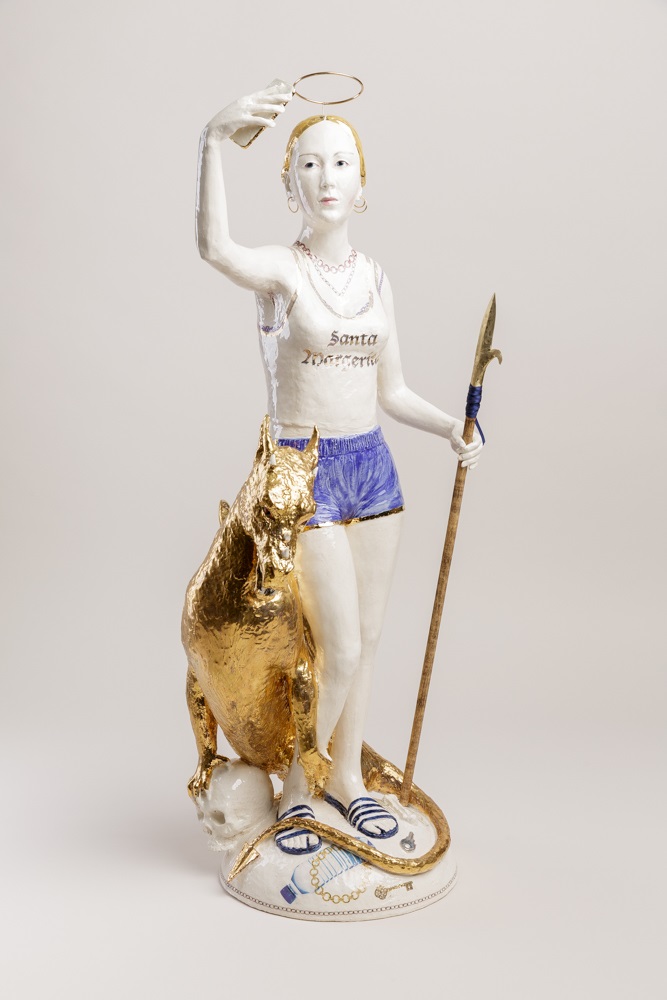
“There’s still a huge discrepancy with representation in galleries and collections and there’s still a big difference in sale value, especially at the top end with white cis males dominating. However, I think things are slowly improving. There’s a general acceptance of the need to diversify public collections and some institutions are attempting to redress the historical holes in their collections. Social media is a vital and diverse platform for art and has revolutionised how artists operate and promote themselves effectively bypassing the old guard, but museums are usually our first physical contact with art, so it’s vitally important to see yourself represented there. Female fronted commercial galleries are increasing. I’m very proud to work with Winston Wächter (Seattle and New York) and forthcoming with Mindy Solomon (Miami).”
“Well, first of all, I think people should be allowed to be who they want to be. Gender is something that binds us to our humanness and seems to have always been an issue. A great thing about art is you don’t have to know the gender of the artist to appreciate the work. The past may have been dominated by men, but I feel the present is very diverse and we need to focus on that. Perhaps in the future, it won’t be man vs. woman but human vs. robot, and gender will not matter as much. AI people will be ambiguous and maybe we are priming ourselves to co-exist with non-humans, like aliens and robots!”



